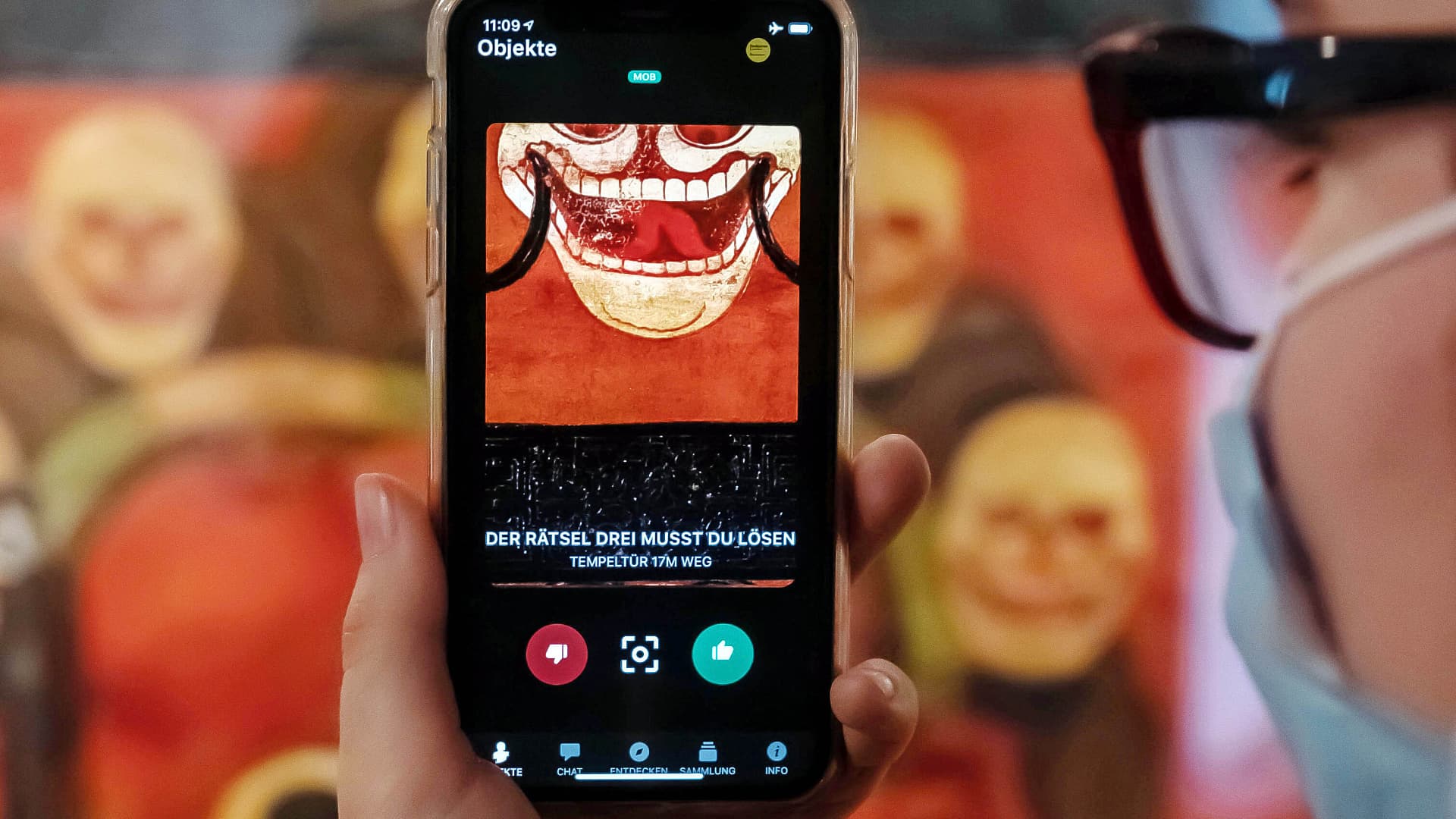
Digital Presentation: What Online Museums Offer
When museums were forced to close their doors at the start of the Corona crisis a year ago, their directors may have been hoping that the shutdown would remain more than a side note in the long history of their homes. But then, museums in Germany were forced to close for a full four months, a third of 2020. When they reopened, of course, travel groups and individual tourists from all over the world were missing. But it seems that the locals also shied away from visiting the museum when it became possible again. Despite all notions of hygiene, fear of infection probably prevailed. Initial estimates, calculated over the course of the year, indicate that about 60 percent of visitors have stayed away from museums.
The longing for reasonably normal operation has not diminished, with operators and visitors banned. At the end of January 2021, Leipziger Kreis, a loose association of Germany’s major museums, called for the cautious opening of their homes in a letter addressed to Minister of State for Culture Monika Grütters and members of the Conference of Ministers of Culture. The letter, signed by more than a dozen directors, which should not be actually published, reads, “Our concern is the containment of the epidemic, but at the same time the reopening of museums adapted to the course of Corona.” For her part, the Minister of State for Culture responded and called for the reopening of museums in the event of easing the procedures of Corona, as the concepts of hygiene mean that it is “well prepared for Corona-friendly public traffic.”
Now the lockdown will last until at least March 7. When the infection rate for seven days falls below 35 new infections per 100,000 inhabitants, museums and galleries should also be allowed to receive visitors to their rooms again in the next opening step – one per 20 square meters.
In Germany one has to wait for the opening
In Italy, which was hit hard by the first wave of the epidemic, several museums have been allowed in again since the beginning of February, including important homes such as the Uffizi Gallery in Florence and the Vatican Museums in Rome. Early this week, Austrian groups reopened as well – here and there, of course, under strict conditions and with sophisticated hygiene concepts. In Germany and Switzerland (tentatively until February 28), museums remain in standby. For now, potential visitors will only have access to digital displays of the Temple of the Inspirers. The virtual tour clearly cannot replace an actual walk through the group. But there is one advantage: homes are always open online, day and night.
 Laden …
Laden …© Roland Schlager / APA / picturedesk.com / picture alliance (excerpts)
A visitor to the Kunsthistorisches Museum in Vienna on the museum’s first opening day after closing | In some European countries, museums are already allowed to reopen, as is the case here in Vienna. But experience with the second half of 2020 shows that the number of visitors from the past will not be reached yet.
Online digital museums and galleries have become topics of wide influence over the course of Corona. The exact numbers and results are still missing, but one thing is for sure: Museum sites have seen a boom in 2020 with more visitors than ever before.
Since then most homes have expanded and developed their online presence. So it’s time to wander around the virtual museums in the German-speaking region. Almost all museums already refer to their online offerings on the homepage – and some are shouting it out against you. Visitors to Staatliche Museen zu Berlin (SMB) are immediately notified using hashtags such as #SMBforHome and #ClosedButOpen For digital display workout.

“Organizer. Social media geek. General communicator. Bacon scholar. Proud pop culture trailblazer.”
